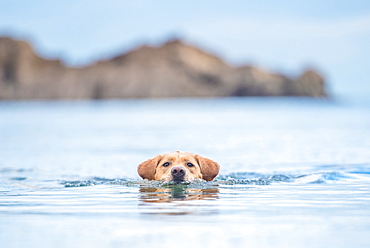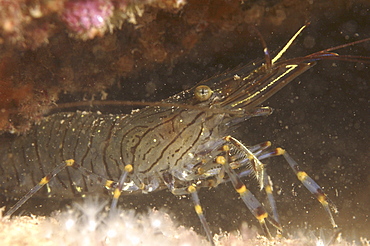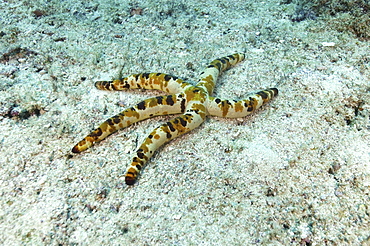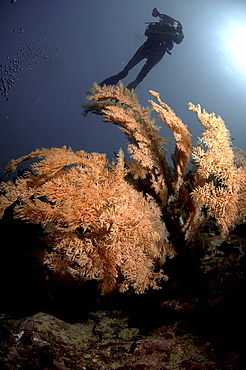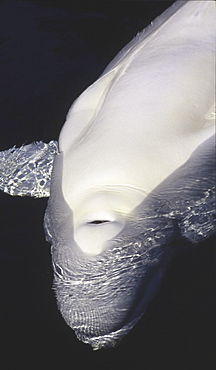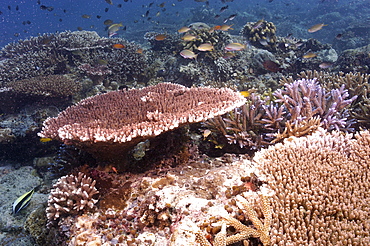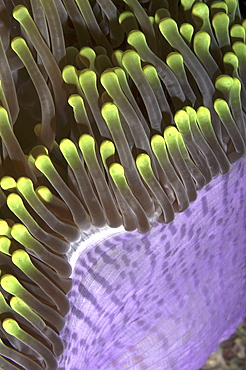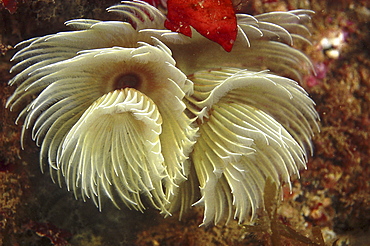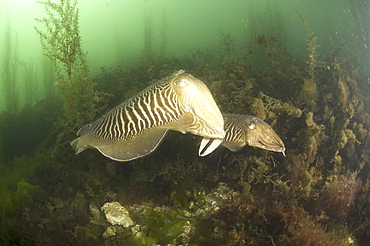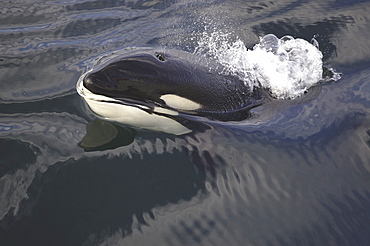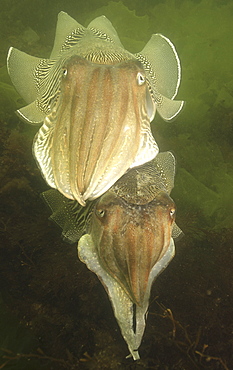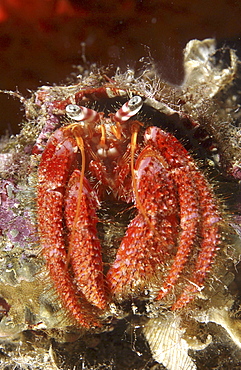Results
18 results found
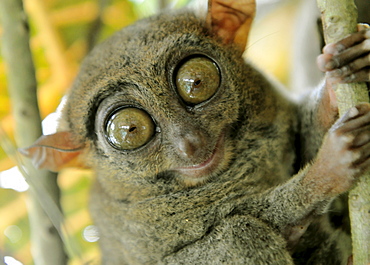
Tarsier fraterculus, the smallest living primate, only 130mm (5 inches) tall, Tarsier Sanctuary, Sikatuna, Bohol, Philippines, Southeast Asia, Asia
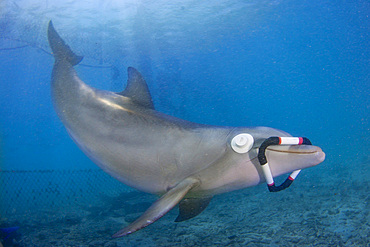
Atlantic bottlenose dolphin (Tursiops truncatus), in training using only echolocation, Netherlands Antilles, Caribbean, Central America
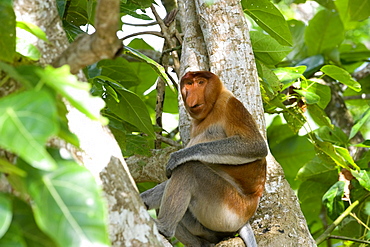
Male proboscis monkey (Narsalis larvatus) is only found on Borneo, Bako National Park, Sarawak, Borneo, Malaysia, Southeast Asia, Asia
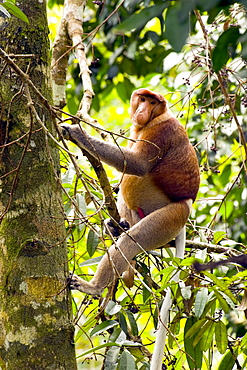
Male proboscis monkey (Narsalis larvatus) is only found on Borneo, Bako National Park, Sarawak, Borneo, Malaysia, Southeast Asia, Asia
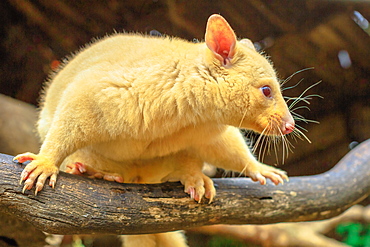
Golden brushtail possum on a tree, the light color is a genetic mutation of common Australian possums that live only in Tasmania, Australia, Pacific
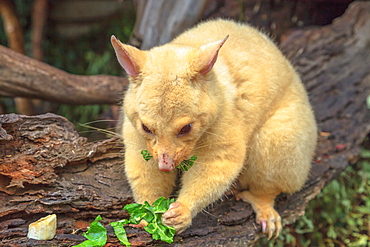
Golden brushtail possum eating, the light color is a genetic mutation of common Australian possums that live only in Tasmania, Australia, Pacific

Golden brushtail possum on a tree, the light color is a genetic mutation of common Australian possums that live only in Tasmania, Australia, Pacific
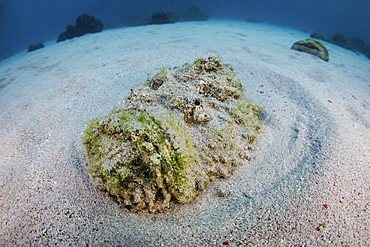
A predatory stonefish (Synanceia verrucosa) lies camouflaged in the sandy seafloor of Komodo National Park, Indonesia. This is the most venomous fish on Earth but uses its venom only for defensive purposes.

A predatory stonefish (Synanceia verrucosa) lies camouflaged in the sandy seafloor of Komodo National Park, Indonesia. This is the most venomous fish on Earth but uses its venom only for defensive purposes.
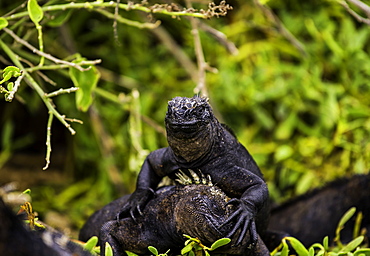
Sea Iguanas native to only the Galapagos step over each other to find the best place to lay in the sun, Galapagos, Ecuador, South America
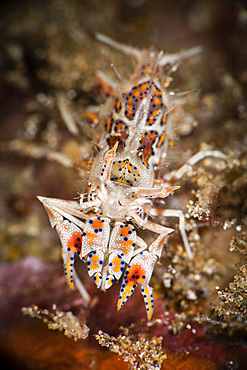
A colorful tiger shrimp ventures from its home under rubble for only a few seconds, Anilao, Philippines.
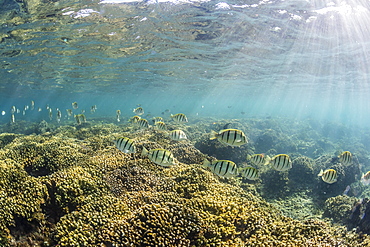
A large school of convict tang (Acanthurus triostegus) on the only living reef in the Sea of Cortez, Cabo Pulmo, Baja California Sur, Mexico, North America

A large school of yellowtail surgeonfish (Prionurus punctatus) on the only living reef in the Sea of Cortez, Cabo Pulmo, Baja California Sur, Mexico, North America
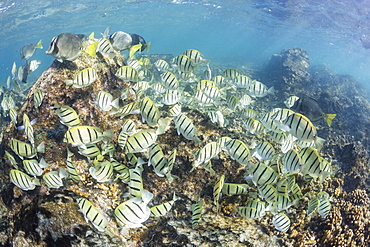
A large school of convict tang (Acanthurus triostegus) on the only living reef in the Sea of Cortez, Cabo Pulmo, Baja California Sur, Mexico, North America
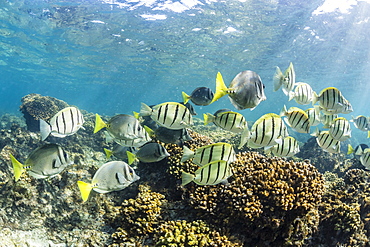
A large school of convict tang (Acanthurus triostegus) on the only living reef in the Sea of Cortez, Cabo Pulmo, Baja California Sur, Mexico, North America

A large school of convict tang (Acanthurus triostegus) on the only living reef in the Sea of Cortez, Cabo Pulmo, Baja California Sur, Mexico, North America
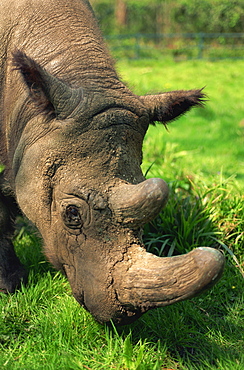
Male Tormanga, hairy rhino (Sumatran rhino), near extinct as only 500 left, in captive breeding programme, Port Lympne Zoo, Kent, England, United Kingdom, Europe
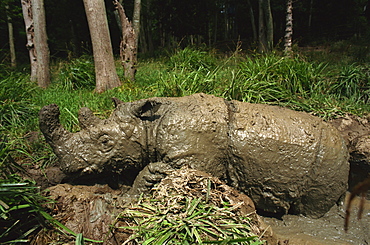
Male Torgamba, hairy rhino (Sumatran rhino), near extinct as only 500 left, in captive breeding programme, Port Lympne Zoo, Kent, England, United Kingdom, Europe
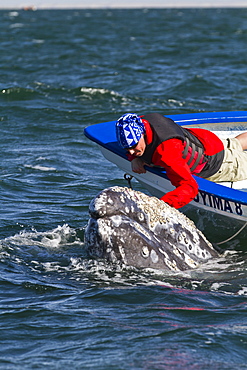
California gray whale (Eschrichtius robustus) and whale watcher on boat, San Ignacio Lagoon, Baja California Sur, Mexico, North America
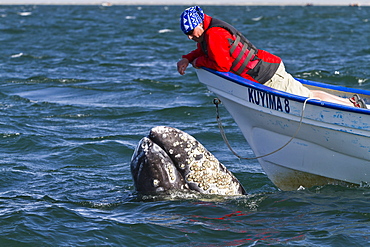
California gray whale (Eschrichtius robustus) and whale watcher on boat, San Ignacio Lagoon, Baja California Sur, Mexico, North America

California gray whale (Eschrichtius robustus) close to whale watchers' boat, San Ignacio Lagoon, Baja California Sur, Mexico, North America
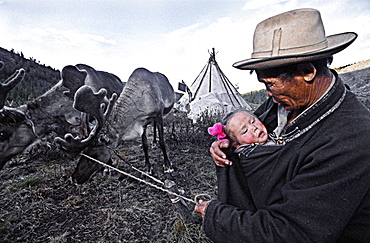
These reindeer peoples' entire existence is based around their herds of reindeer, which provide milk, skins for clothes, horn for carving and medicine, transport and occasionally, meat. the tsaatan are part of the tuvan ethnic group, which inhabits the tuvan republic of russia. there are only about 200 tsaatan in total, spread over 100,000 sq km of northern mongolia. they are nomadic, often moving their small encampments every three to four weeks, searching for special types of grass and moss loved by the reindeer. the tsaatan are strong practitioners of shamanism. west taiga, northern mongolia

Panjakent, Sughd Province, Tajikistan. August 18, 2021. Boys and a dog looking over the city of Panjakent. Editorial Use Only

Gysh, Khatlon Province, Tajikistan. August 13, 2021. Bearded senior man on a donkey in rural Tajikistan. Editorial Use Only

Shagmon, Khatlon Province, Tajikistan. August 12, 2021. A herd of goats being herded along a rural highway. Editorial Use Only
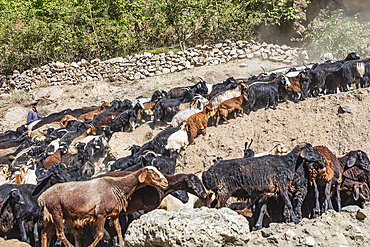
Mavzoley Rudaki, Sughd Province, Tajikistan. August 17, 2021. Shepherd moving goats in the Urech River valley. Editorial Use Only

Mavzoley Rudaki, Sughd Province, Tajikistan. August 17, 2021. Shepherds moving their goats along the Urech River. Editorial Use Only
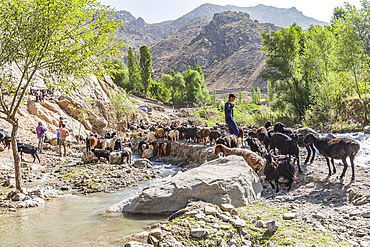
Mavzoley Rudaki, Sughd Province, Tajikistan. August 17, 2021. Shepherds moving their goats along the Urech River. Editorial Use Only
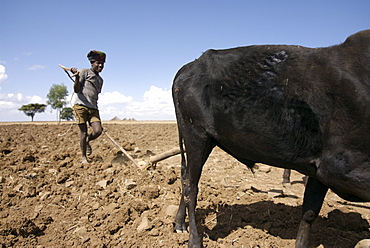
Example of farming activity in the area of hanamerant, meket, ethiopia.The Farmers have to fight against the lack of rain and erosion of the soil. They produce 1 crop a year wich sustain food a couple of months only
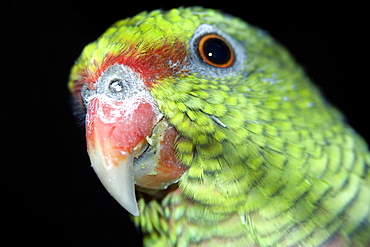
Vinaceous Amazon (Amazona vinacea), a parrot critically endangered found only in the South American Atlantic Forest, Feliciano Abdalla Private Reserve, Caratinga, Minas Gerais, Brazil, South America

Vinaceous Amazon (Amazona vinacea), a parrot critically endangered found only in the South American Atlantic Forest, Feliciano Abdalla Private Reserve, Caratinga, Minas Gerais, Brazil, South America
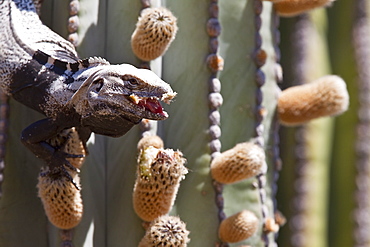
San Esteban spiny-tailed iguana (Ctenosaura conspicuosa), an endemic iguana found only on Isla San Esteban in the Gulf of California (Sea of Cortez), Mexico
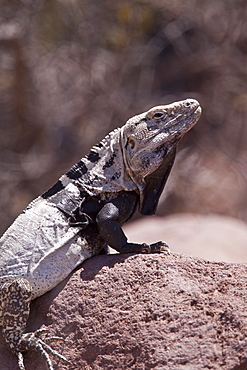
San Esteban spiny-tailed iguana (Ctenosaura conspicuosa), an endemic iguana found only on Isla San Esteban in the Gulf of California (Sea of Cortez), Mexico
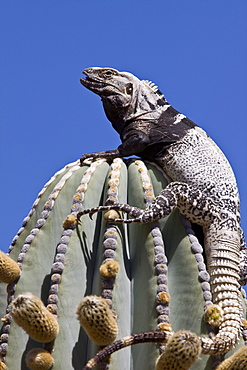
San Esteban spiny-tailed iguana (Ctenosaura conspicuosa), an endemic iguana found only on Isla San Esteban in the Gulf of California (Sea of Cortez), Mexico
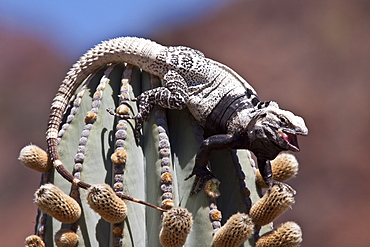
San Esteban spiny-tailed iguana (Ctenosaura conspicuosa), an endemic iguana found only on Isla San Esteban in the Gulf of California (Sea of Cortez), Mexico
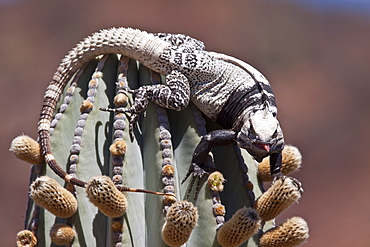
San Esteban spiny-tailed iguana (Ctenosaura conspicuosa), an endemic iguana found only on Isla San Esteban in the Gulf of California (Sea of Cortez), Mexico

Rissos Dolphin (Grampus griseus) adult and very young calf surfacing. Monterey, California, Pacific Ocean. MORE INFO: This calf still displays foetal folds from when it was curled up inside the womb. It is probably only a couple of weeks old.
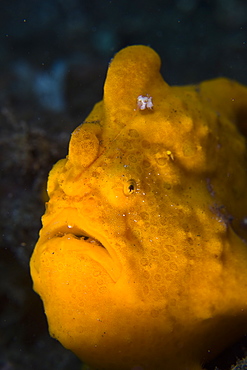
Giant frogfish, Antennarius commersoni. This large species is not only highly variable in color, matching its surroundings, but is also widespread through the Pacific and Indian oceans. Lembeh Strait, North Sulawesi, Indonesia, Pacific Ocean.
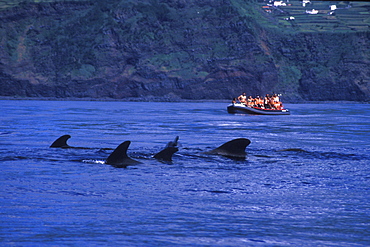
Short-finned Pilot Whale (Globicephala macrorhynchus) & whale-watchers. It is by law that whale watchers should stay at least 50meters (150 feet) away from large whales, including Pilot Whale (in picture here). Unless special in-water permits are given, snorkelers can only swim with smaller dolphins, but not big whales. Azores, Portugal, Atlantic.
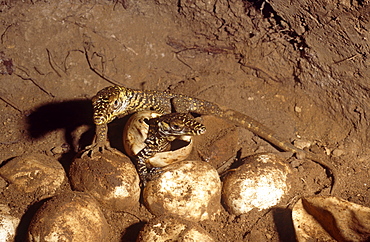
Young hatchling Komodo dragon (Varanus komodoensis). one of thirty three eggs only twenty eight hatched.
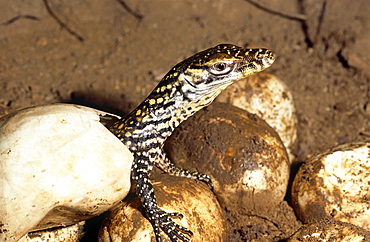
Young hatchling Komodo dragon (Varanus komodoensis). one of thirty three eggs only twenty eight hatched.
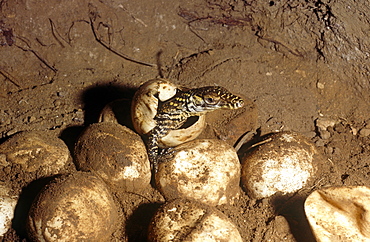
Young hatchling Komodo dragon (Varanus komodoensis). one of thirty three eggs only twenty eight hatched.
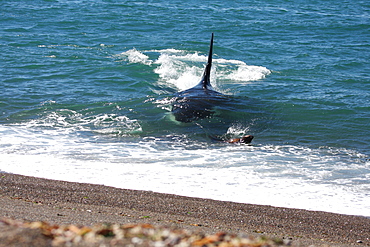
Mel, the Killer Whale or Orca (Orcinus orca) narrowly misses out on a South American Sea Lion (Otaria flavescens) that it was hunting, in Patagonia. Of the 18 only 7 have mastered the stranding behaviour whereby the Orca enters the shallow surf to feed on Sea Lion pups. Distinctive by his 2 metre dorsal fin, Mel is an expert hunter who feeds on Sea Lion pups before taking them back to his pod. This lucky Sea Lion however managed to escape the hunter's attentions.
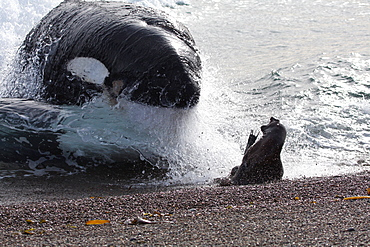
Mel, the Killer Whale or Orca (Orcinus orca) narrowly misses out on a South American Sea Lion (Otaria flavescens) that it was hunting, in Patagonia. Of the 18 only 7 have mastered the stranding behaviour whereby the Orca enters the shallow surf to feed on Sea Lion pups. Distinctive by his 2 metre dorsal fin, Mel is an expert hunter who feeds on Sea Lion pups before taking them back to his pod. This lucky Sea Lion however managed to escape the hunter's attentions.

Mel, the Killer Whale or Orca (Orcinus orca) narrowly misses out on a South American Sea Lion (Otaria flavescens) that it was hunting, in Patagonia. Of the 18 only 7 have mastered the stranding behaviour whereby the Orca enters the shallow surf to feed on Sea Lion pups. Distinctive by his 2 metre dorsal fin, Mel is an expert hunter who feeds on Sea Lion pups before taking them back to his pod. This lucky Sea Lion however managed to escape the hunter's attentions.

Mel, the Killer Whale or Orca (Orcinus orca) narrowly misses out on a South American Sea Lion (Otaria flavescens) that it was hunting, in Patagonia. Of the 18 only 7 have mastered the stranding behaviour whereby the Orca enters the shallow surf to feed on Sea Lion pups. Distinctive by his 2 metre dorsal fin, Mel is an expert hunter who feeds on Sea Lion pups before taking them back to his pod. This lucky Sea Lion however managed to escape the hunter's attentions.
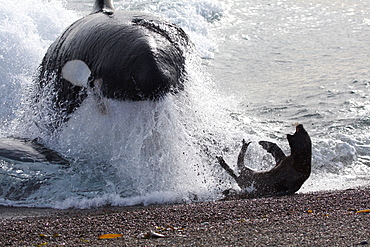
Mel, the Killer Whale or Orca (Orcinus orca) narrowly misses out on a South American Sea Lion (Otaria flavescens) that it was hunting, in Patagonia. Of the 18 only 7 have mastered the stranding behaviour whereby the Orca enters the shallow surf to feed on Sea Lion pups. Distinctive by his 2 metre dorsal fin, Mel is an expert hunter who feeds on Sea Lion pups before taking them back to his pod. This lucky Sea Lion however managed to escape the hunter's attentions.
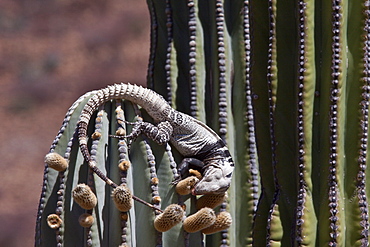
San Esteban spiny-tailed iguana (Ctenosaura conspicuosa), an endemic iguana found only on Isla San Esteban in the Gulf of California (Sea of Cortez), Mexico
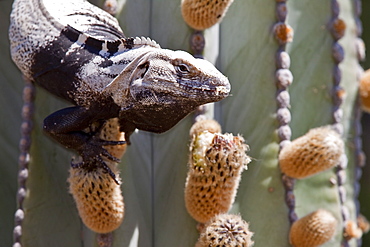
San Esteban spiny-tailed iguana (Ctenosaura conspicuosa), an endemic iguana found only on Isla San Esteban in the Gulf of California (Sea of Cortez), Mexico
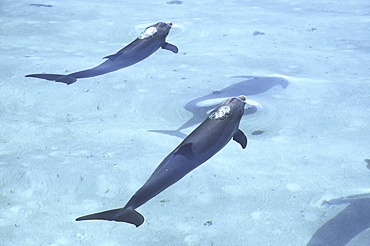
Two bottlenose dolphins (Tursiops truncatus) and their shadows in the shallows of the Caicos Bank. Turks and Caicos Islands. (A4 Only)

San Esteban spiny-tailed iguana (Ctenosaura conspicuosa), an endemic iguana found only on Isla San Esteban in the Gulf of California (Sea of Cortez), Mexico

San Esteban spiny-tailed iguana (Ctenosaura conspicuosa), an endemic iguana found only on Isla San Esteban in the Gulf of California (Sea of Cortez), Mexico
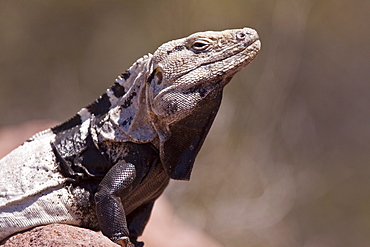
San Esteban spiny-tailed iguana (Ctenosaura conspicuosa), an endemic iguana found only on Isla San Esteban in the Gulf of California (Sea of Cortez), Mexico
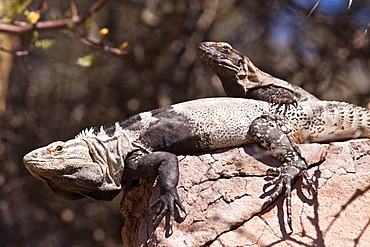
San Esteban spiny-tailed iguana (Ctenosaura conspicuosa), an endemic iguana found only on Isla San Esteban in the Gulf of California (Sea of Cortez), Mexico
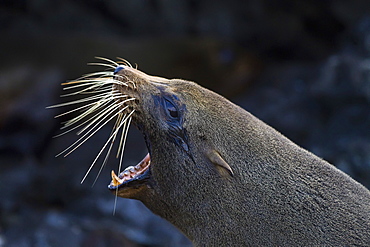
Galapagos fur seal (Arctocephalus galapagoensis) hauled out on lava flow in the Galapagos Island Archipelago, Ecuador. MORE INFO This small pinniped is endemic to the Galapagos Islands only.
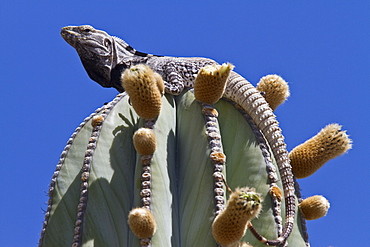
San Esteban spiny-tailed iguana (Ctenosaura conspicuosa), an endemic iguana found only on Isla San Esteban in the Gulf of California (Sea of Cortez), Mexico
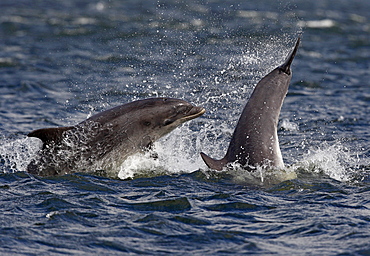
Two young Bottlenose dolphins (Tursiops truncatus) in the Moray Firth breaching in front of the camera, only the tail of one young animal visible.

San Esteban spiny-tailed iguana (Ctenosaura conspicuosa), an endemic iguana found only on Isla San Esteban in the Gulf of California (Sea of Cortez), Mexico
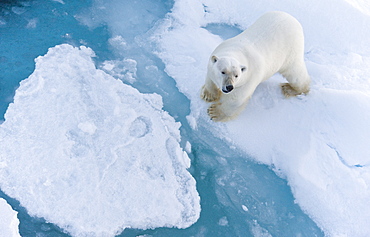
Polar Bear (Ursus maritimus). Longyearbyen, Svalbard, Norway - EXCLUSIVE Sale for calendar in France for 2012 ONLY
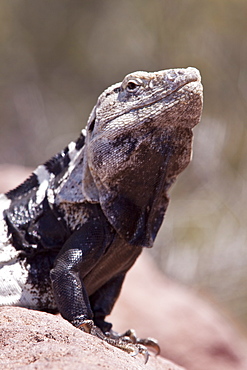
San Esteban spiny-tailed iguana (Ctenosaura conspicuosa), an endemic iguana found only on Isla San Esteban in the Gulf of California (Sea of Cortez), Mexico
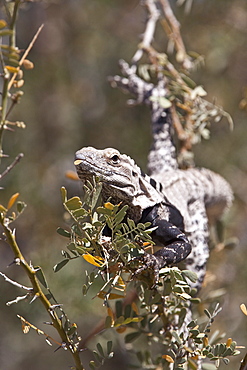
San Esteban spiny-tailed iguana (Ctenosaura conspicuosa), an endemic iguana found only on Isla San Esteban in the Gulf of California (Sea of Cortez), Mexico

Yellow-footed Gull (Larus livens) in flight at sunset in the Gulf of California (Sea of Cortez), Mexico. MORE INFO: This species is enedemic to only the Gulf of California.
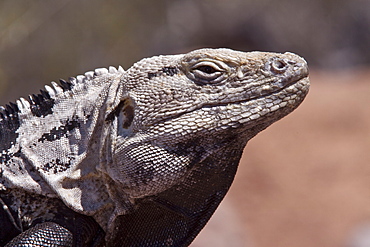
San Esteban spiny-tailed iguana (Ctenosaura conspicuosa), an endemic iguana found only on Isla San Esteban in the Gulf of California (Sea of Cortez), Mexico
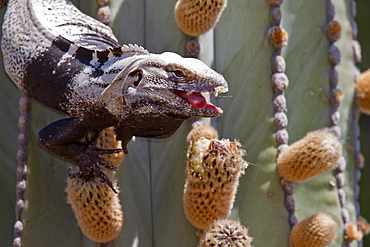
San Esteban spiny-tailed iguana (Ctenosaura conspicuosa), an endemic iguana found only on Isla San Esteban in the Gulf of California (Sea of Cortez), Mexico

San Esteban spiny-tailed iguana (Ctenosaura conspicuosa), an endemic iguana found only on Isla San Esteban in the Gulf of California (Sea of Cortez), Mexico
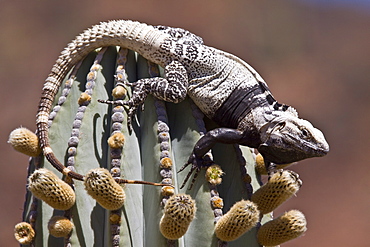
San Esteban spiny-tailed iguana (Ctenosaura conspicuosa), an endemic iguana found only on Isla San Esteban in the Gulf of California (Sea of Cortez), Mexico

Yellow-footed Gull (Larus livens) in the Gulf of California (Sea of Cortez), Mexico. This species is enedemic to only the Gulf of California.
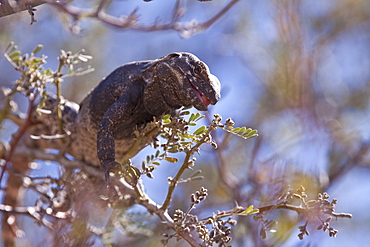
San Esteban spiny-tailed iguana (Ctenosaura conspicuosa), an endemic iguana found only on Isla San Esteban in the Gulf of California (Sea of Cortez), Mexico
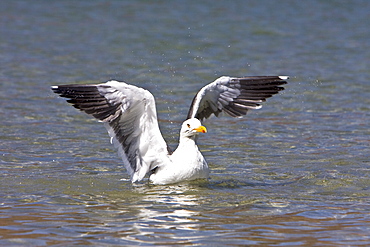
Yellow-footed Gull (Larus livens) in the Gulf of California (Sea of Cortez), Mexico. This species is enedemic to only the Gulf of California.
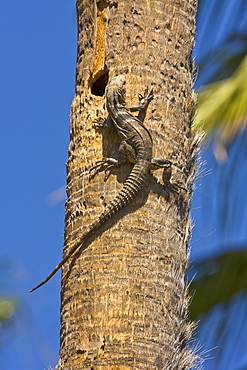
San Esteban spiny-tailed iguana (Ctenosaura conspicuosa), an endemic iguana found only on Isla San Esteban in the Gulf of California (Sea of Cortez), Mexico
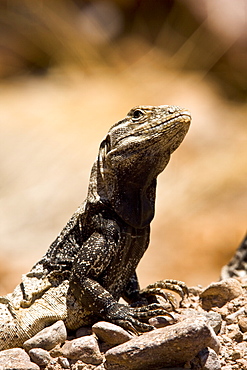
San Esteban spiny-tailed iguana (Ctenosaura conspicuosa), an endemic iguana found only on Isla San Esteban in the Gulf of California (Sea of Cortez), Mexico
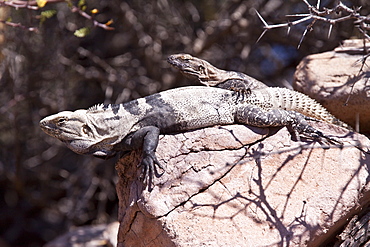
San Esteban spiny-tailed iguana (Ctenosaura conspicuosa), an endemic iguana found only on Isla San Esteban in the Gulf of California (Sea of Cortez), Mexico

Yellow-footed Gull (Larus livens) in flight at sunset in the Gulf of California (Sea of Cortez), Mexico. MORE INFO: This species is enedemic to only the Gulf of California.
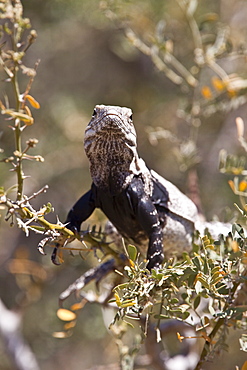
San Esteban spiny-tailed iguana (Ctenosaura conspicuosa), an endemic iguana found only on Isla San Esteban in the Gulf of California (Sea of Cortez), Mexico

Yellow-footed Gull (Larus livens) in the Gulf of California (Sea of Cortez), Mexico. This species is enedemic to only the Gulf of California.
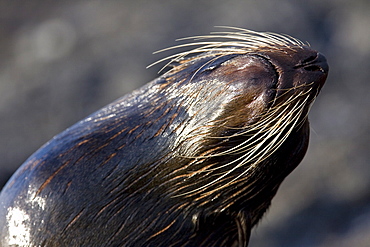
Galapagos fur seal (Arctocephalus galapagoensis) hauled out on lava flow in the Galapagos Island Archipeligo, Ecuador. This small pinniped is endemic to the Galapagos Islands only. Pacific Ocean.
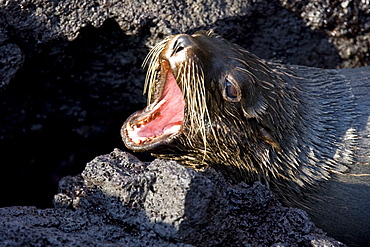
Galapagos fur seal (Arctocephalus galapagoensis) hauled out on lava flow in the Galapagos Island Archipeligo, Ecuador. This small pinniped is endemic to the Galapagos Islands only. Pacific Ocean.
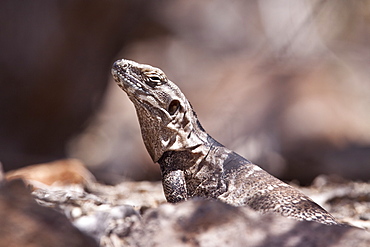
San Esteban spiny-tailed iguana (Ctenosaura conspicuosa), an endemic iguana found only on Isla San Esteban in the Gulf of California (Sea of Cortez), Mexico
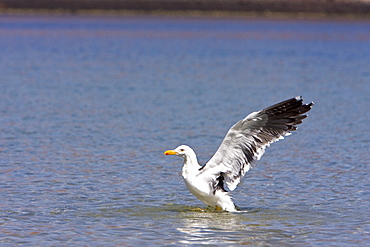
Yellow-footed Gull (Larus livens) in the Gulf of California (Sea of Cortez), Mexico. This species is enedemic to only the Gulf of California.

Yellow-footed Gull (Larus livens) in the Gulf of California (Sea of Cortez), Mexico. This species is enedemic to only the Gulf of California.
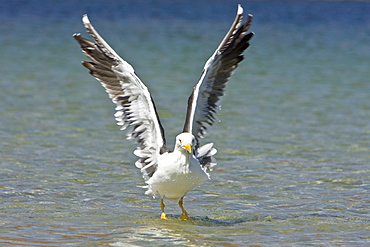
Yellow-footed Gull (Larus livens) in the Gulf of California (Sea of Cortez), Mexico. This species is enedemic to only the Gulf of California.

Mexican aztec dress gods at Grand Palladium White Sand Resort and Spa in Riviera Maya, Yucatan Peninsula, Quintana Roo, Caribbean Coast, Mexico.
Aztec clothing was generally loose fitting and did not completely cover the body. When the Spanish arrived in Mexico, the people were surprised to see them in their full armour, with only their faces exposed.
Aztec clothes were generally made of cotton (which was imported) or ayate fiber, made from the Maguey Cactus (also called the Century Plant or American Aloe). Women would weave the fibers into clothing, a task girls were taught as young teenagers. Because of their vast trading network, the Aztecs were able to make use of a beautiful array of dyes, creating the brilliant

Mexican aztec dress gods at Grand Palladium White Sand Resort and Spa in Riviera Maya, Yucatan Peninsula, Quintana Roo, Caribbean Coast, Mexico.
Aztec clothing was generally loose fitting and did not completely cover the body. When the Spanish arrived in Mexico, the people were surprised to see them in their full armour, with only their faces exposed.
Aztec clothes were generally made of cotton (which was imported) or ayate fiber, made from the Maguey Cactus (also called the Century Plant or American Aloe). Women would weave the fibers into clothing, a task girls were taught as young teenagers. Because of their vast trading network, the Aztecs were able to make use of a beautiful array of dyes, creating the brilliant
